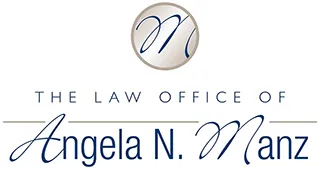There’s More than One Way to Name IRA Beneficiaries
Do you know the best way to pass your IRA savings on to your loved ones when you die? It sounds like a simple question, but naming beneficiaries for your IRA is not always as straightforward as it sounds. This article in CBS MoneyWatch explains: “Without proper estate planning, you may be reducing your family’s future wealth potential. That’s because improper planning can mean not only a premature end to your IRA at your death, but also assets being inherited by the wrong individuals or entities.”
Deciding who should inherit your retirement savings is fairly simple (although it is not uncommon for an ex-spouse to receive IRA benefits because beneficiary designation forms are not updated after significant life events such as a divorce,) it’s figuring out how the assets should be distributed that poses the problem. If done correctly, inherited IRA assets can be rolled over and stretched out by beneficiaries for years. But without the correct planning your heirs may find themselves paying significant taxes on their inheritance or worse yet, unable to access the funds at all.
The article explains that each of the many options for IRA beneficiaries requires a different kind of planning. Naming a spouse as a beneficiary is fairly straightforward, your spouse can either “Roll the funds into his or her own IRA” or “Open an inherited IRA and take distributions based upon his or her remaining life expectancy.” Planning to leave your IRA to a single child is somewhat similar to planning to leave it to a spouse.
But if you would like to leave your IRA to more than one child, or to a trust for the benefit of multiple individuals or charities, you’ll likely want to contact an attorney or accountant for more significant planning. As beneficial as these options can be, there are regulations and requirements involved with multiple beneficiaries, and “there are a lot of complexities with naming trusts as beneficiaries, so seek a competent estate planner for assistance.”
